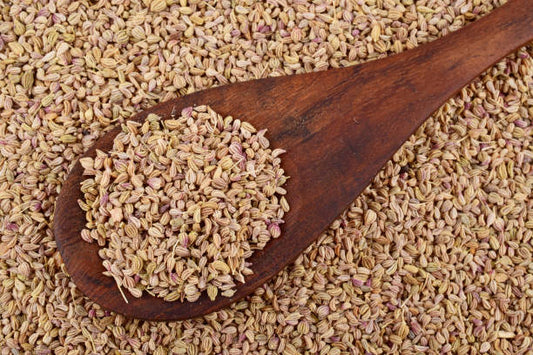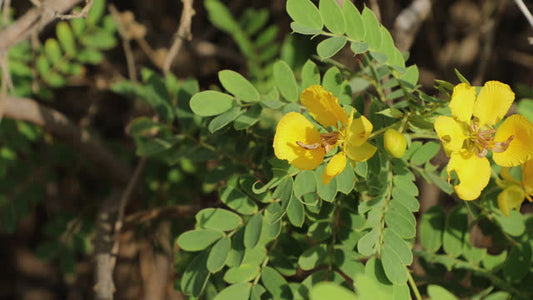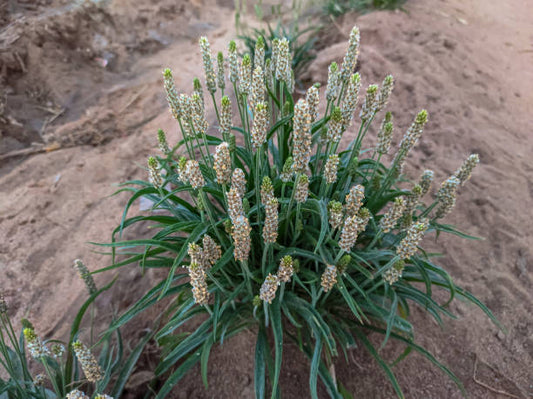Maju Phal Galls, scientifically known as Quercus infectoria or Aleppo oak galls, are unique plant growths induced by insects, typically wasps, that lay their eggs in the buds or leaves of oak trees. These galls are essentially the tree's response to the insect's presence and serve as protective structures for the developing larvae. Over time, these galls harden and can be harvested for various purposes, including medicinal and industrial uses.
Key Characteristics:
1. Appearance: Maju Phal Galls vary in size, shape, and color. They are typically small, round structures with a woody texture. Their color can range from light brown to dark brown, depending on their maturity.2. Formation: The galls are formed when female wasps lay their eggs in oak buds or leaves. The tree responds by creating a structure around the eggs, providing protection and nutrients for the developing larvae.
Culinary and Medicinal Uses:
Maju Phal Galls have a range of traditional and historical uses:
~ Medicinal Uses: These galls have been used in traditional medicine systems, including Ayurveda, for their potential health benefits. They are known for their astringent, anti-inflammatory, and antiseptic properties. Maju Phal Galls are often used in herbal remedies to treat conditions such as diarrhea, mouth ulcers, and skin issues.~ Dyeing and Tanning: Maju Phal Galls contain high levels of tannins, which have astringent properties and are used for tanning leather and dyeing fabrics. The tannins in these galls are used to fix dyes to textiles.
~ Ink Production: Historically, these galls were used in the production of iron gall ink, a type of ink widely used in manuscripts and documents.
~ Ornamental and Craft Uses: Maju Phal Galls are sometimes used in decorative arts and crafts, such as making ornaments or jewelry.
~ Alternative Medicine: Some herbal and alternative medicine practitioners use Maju Phal Galls in remedies for various health issues, including dental problems, digestive complaints, and skin conditions.
Products that contains Majuphal -
Possible Side Effects and Precautions:
When used in medicinal or cosmetic applications, it's crucial to use Maju Phal Galls in the appropriate dosage and under the guidance of a qualified healthcare provider or herbalist. Excessive use can lead to potential side effects such as skin irritation or digestive disturbances.
Individuals with known allergies or sensitivities should be cautious when using products containing Maju Phal Galls and may want to perform a patch test on a small area of skin before broader application.
In conclusion, Maju Phal Galls, or Quercus infectoria, are unique growths induced by insects in oak trees. They have a long history of use in traditional medicine, dyeing, and crafts due to their astringent and therapeutic properties. When used mindfully and in appropriate formulations, these galls can provide various benefits, but caution and expert guidance are advised to avoid any potential side effects.











